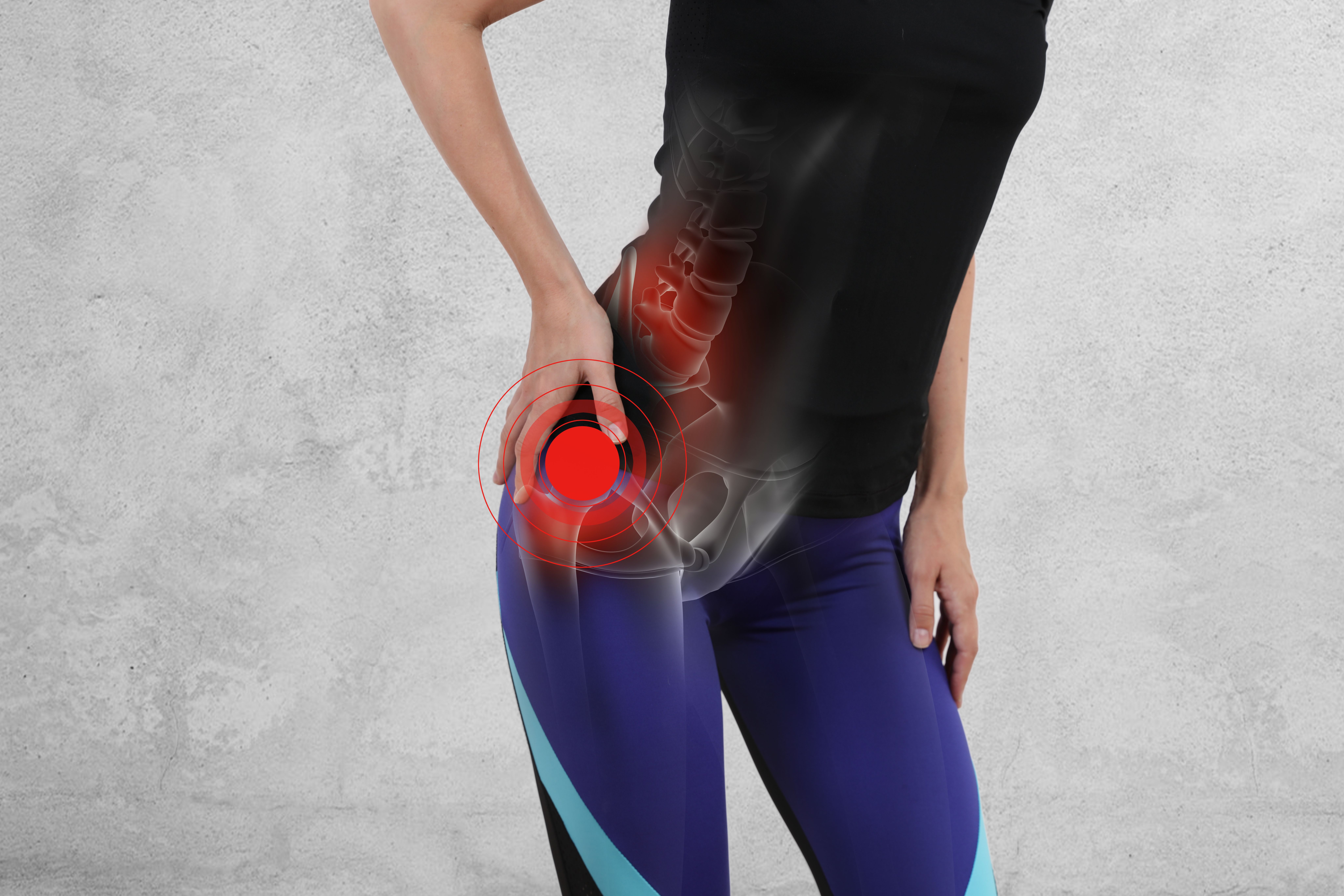Article
Motion Tests Essential for an Osteoarthritis Diagnosis
Author(s):
Simple hip motion tests and observing for pain during that motion were helpful in identifying patients most likely to have hip osteoarthritis on plain radiography, say researchers recently writing in the Journal of the American Medical Association.
(©AdobeStock_GlisicAlbina)

Simple hip motion tests and observing for pain during that motion were helpful in identifying patients most likely to have hip osteoarthritis on plain radiography, say researchers recently writing in the Journal of the American Medical Association.
The pain and restricted motion associated with hip osteoarthritis can be debilitating, but a range of interventions, including weight loss, physiotherapy and total hip replacement, can help. The differential diagnosis of hip pain includes greater trochanteric pain syndrome, piriformis syndrome, stress fracture, inflammatory arthropathies, lumbar radiculopathy, pelvis bone tumors, and osteonecrosis, while non-musculoskeletal conditions, such as groin hernia and intrapelvic pathology, may also present with hip and/or groin pain.
Plain radiographs, which are the most used method for diagnosing hip osteoarthritis, do not directly visualize articular cartilage but can reveal features of disease, such as joint space narrowing, osteophytes, and subchondral sclerosis, while also excluding alternative causes of pain. However, intra-articular hip pathology can sometimes be diagnosed by clinical examination alone and while radiographic hip osteoarthritis is common in the general population, it is often asymptomatic. Inadequate clinical assessment risks overdiagnosis of hip osteoarthritis in patients with symptoms attributable to another cause but with incidental radiographic findings.
“We conducted a systematic review to evaluate the diagnostic accuracy of clinical findings in determining the prevalence of radiographic OA among those presenting to primary care clinicians with hip or groin pain and the likelihood of hip OA based on symptoms and signs,” wrote the authors, led by David Metcalfe, Ph.D., of the University of Oxford in the U.K..
The review included six studies, with data from 1,110 patients and 1,324 hips, of which 38 percent showed radiographic evidence of osteoarthritis. Among patients presenting to primary care physicians with hip or groin pain, 34 percent of cases showed radiographic evidence of osteoarthritis in the affected hip. A family history of osteoarthritis, personal history of knee osteoarthritis, or pain on climbing stairs or walking up slopes all had likelihood ratios of 2.1 (sensitivity range, 33 to 68 percent; specificity range, 68 to 84 percent; broadest likelihood ratios range: 95% CI, 1.1-3.8).
To identify patients most likely to have osteoarthritis, the most useful findings were squat causing posterior pain (sensitivity, 24 percent; specificity, 96 percent; likelihood ratio, 6.1 [95% CI, 1.3-29]), groin pain on passive abduction or adduction (sensitivity, 33 percent; specificity, 94 percent; likelihood ratio, 5.7 [95% CI, 1.6-20]), abductor weakness (sensitivity, 44 percent; specificity, 90 percent; likelihood ratio, 4.5 [95% CI, 2.4-8.4]), and decreased passive hip adduction (sensitivity, 80 percent; specificity, 81 percent; likelihood ratio, 4.2 [95% CI, 3.0-6.0]) or internal rotation (sensitivity, 66 percent; specificity, 79 percent; likelihood ratio, 3.2 [95% CI, 1.7-6.0]) as measured by a goniometer or compared with the contralateral leg. The presence of normal passive hip adduction was most useful for suggesting the absence of osteoarthritis (negative likelihood ratio, 0.25 [95% CI, 0.11-0.54]).
“Clinicians should focus on ensuring that they are confident in the examination of hip movements,” the authors wrote. “The most useful findings for identifying patients with hip OA are squat causing posterior pain, groin pain on passive abduction or adduction, abductor weakness, and decreased passive hip adduction or internal rotation.
“Hip OA is unlikely in the presence of normal passive hip adduction,” the authors wrote.
REFERENCE
David Metcalfe, Daniel C. Perry, Henry A. Claireaux, et al. “Does This Patient Have Hip Osteoarthritis?: The Rational Clinical Examination Systematic Review.” JAMA. December 17, 2019. doi: 10.1001/jama.2019.19413.




